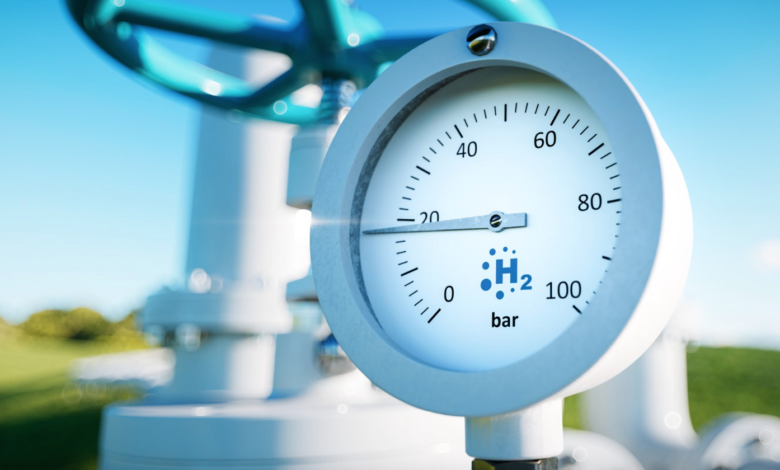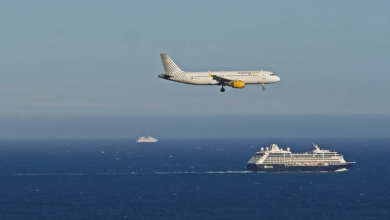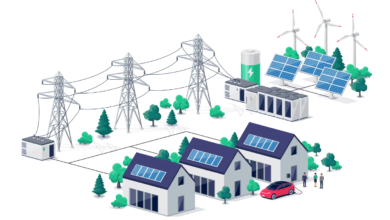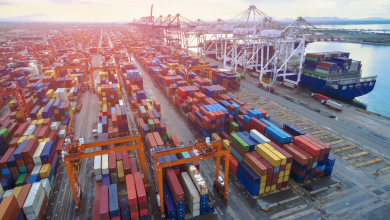
The Southern Corridor of the hydrogen will have a nominal ability to 4 mln t the year
Italy, Austria and Germany are taking a step forward to import hydrogen from North Africa. On May 30, the three countries signed a declaration of intent on the construction of the Southern Hydrogen Corridor (SouthH2 Corridor), the project already included in the European list of Projects of Common Interest (PCI) which should connect the two shores of the Mediterranean with a 3,300 km pipeline.
A trilateral working group for the Southern Hydrogen Corridor
Among the points touched by the declaration, the creation of a trilateral working group. It will aim to calibrate the project to the needs of the main hubs where hydrogen demand is concentrated and will bring together relevant actors, including transmission system operators, national regulators, financial institutions and potential consumers and producers of hydrogen.
In theory, the project should enable the import of renewable hydrogen from Tunisia and Algeria and contribute to the Community targets set by Brussels at 10 million tonnes by the end of the decade (plus 10 million tonnes of domestic production). The Southern Hydrogen Corridor will have a nominal capacity of 4 million tonnes per year, 40% of the EU target. It will connect North Africa and Europe as another planned corridor, with a route through the Iberian Peninsula and France.
At the moment, however, the production of renewable hydrogen in the two African countries is almost nil. Last month, the Algerian government signed an agreement with Berlin for two 50 MW green hydrogen pilot projects. Eni has a pilot project at the Bir Rebaa North field, where there is a 10 MW photovoltaic plant. In addition, the Southern Hydrogen Corridor will be a “hydrogen ready” pipeline that is suitable for carrying hydrogen in a mixture of 10-20% of fossil gas. Algeria, for its part, has just awarded the first auctions for the construction of 3 GW photovoltaics by 2026, part of the national plan to equip itself with 15 GW of solar by 2035.
The “spirit of the Mattei plan”
SouthH2 Corridor “is an important initiative for our countries, for Europe and for Africa” and “is in the spirit of the Mattei plan, which aims at mutually beneficial partnerships with African countries“, commented the Minister of Environment and Energy Security, Gilberto Pichetto. “Developing the potential of clean energy of the African continent and connecting it to Europe, promoting growth and security on both sides of the Mediterranean, is among the priorities of the Italian government“.
“The southern corridor will play an important role, especially in the supply of green hydrogen to the federal states of southern Germany,” said Robert Habeck, German Minister of Ecological Transition. “Developing a cross-border European hydrogen market is a guarantee to accelerate the energy transition and, in particular, to decarbonise sectors with CO2 emissions difficult to reduce“.





